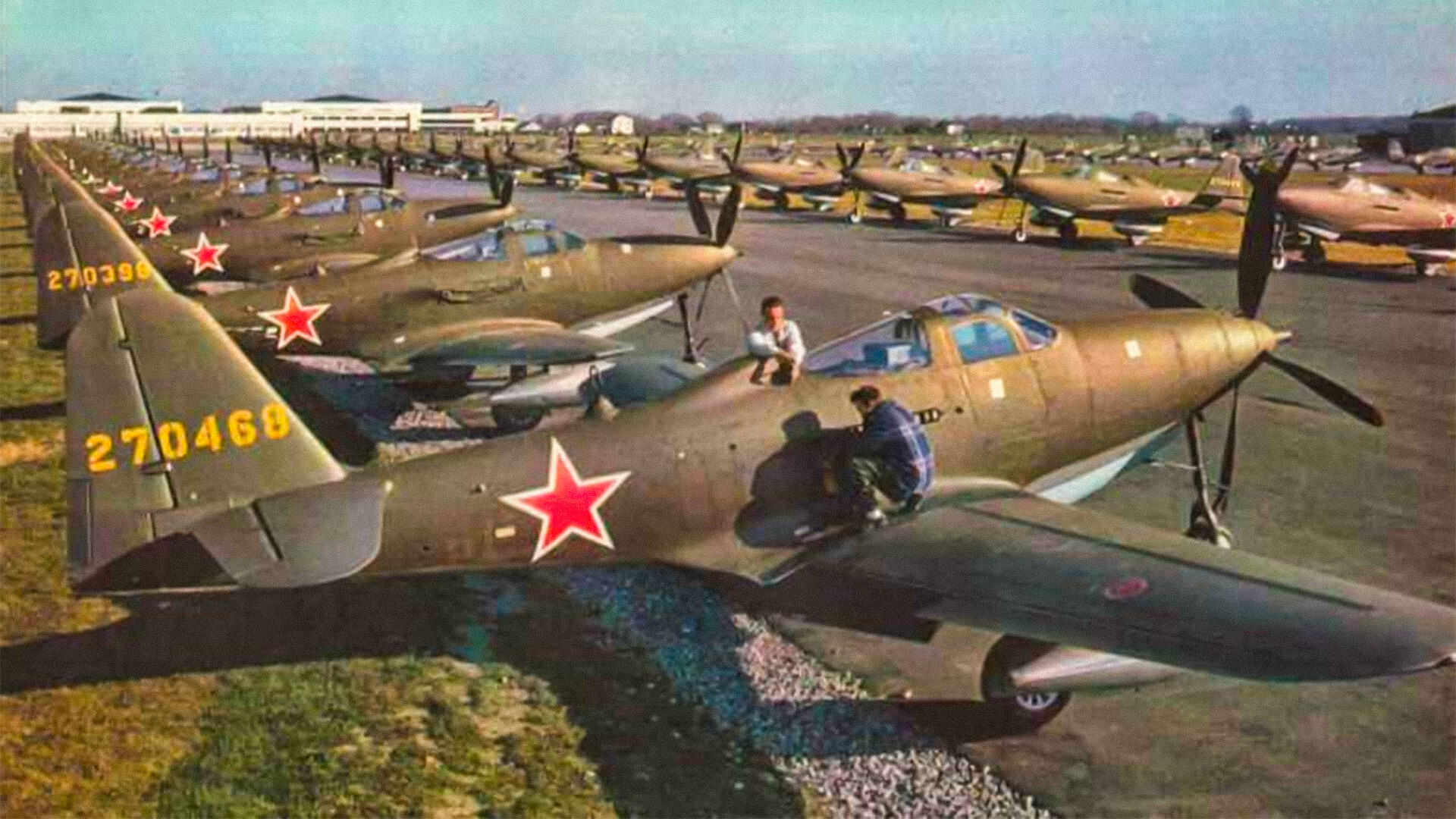
Bell P-63A fighter planes ready for shipment to the Soviet Union.
US GovIn the course of World War II, the USSR took delivery of up to 14,000 fighter planes from its Western Allies by way of military aid. The Americans supplied almost 10,000 and the British about 4,000 aircraft.
Some of these aircraft were sent by the United States and Great Britain to the Red Army Air Force, guided by the principle “unsuitable for combat”. However, for some models, Soviet military personnel were extremely grateful to the allies.
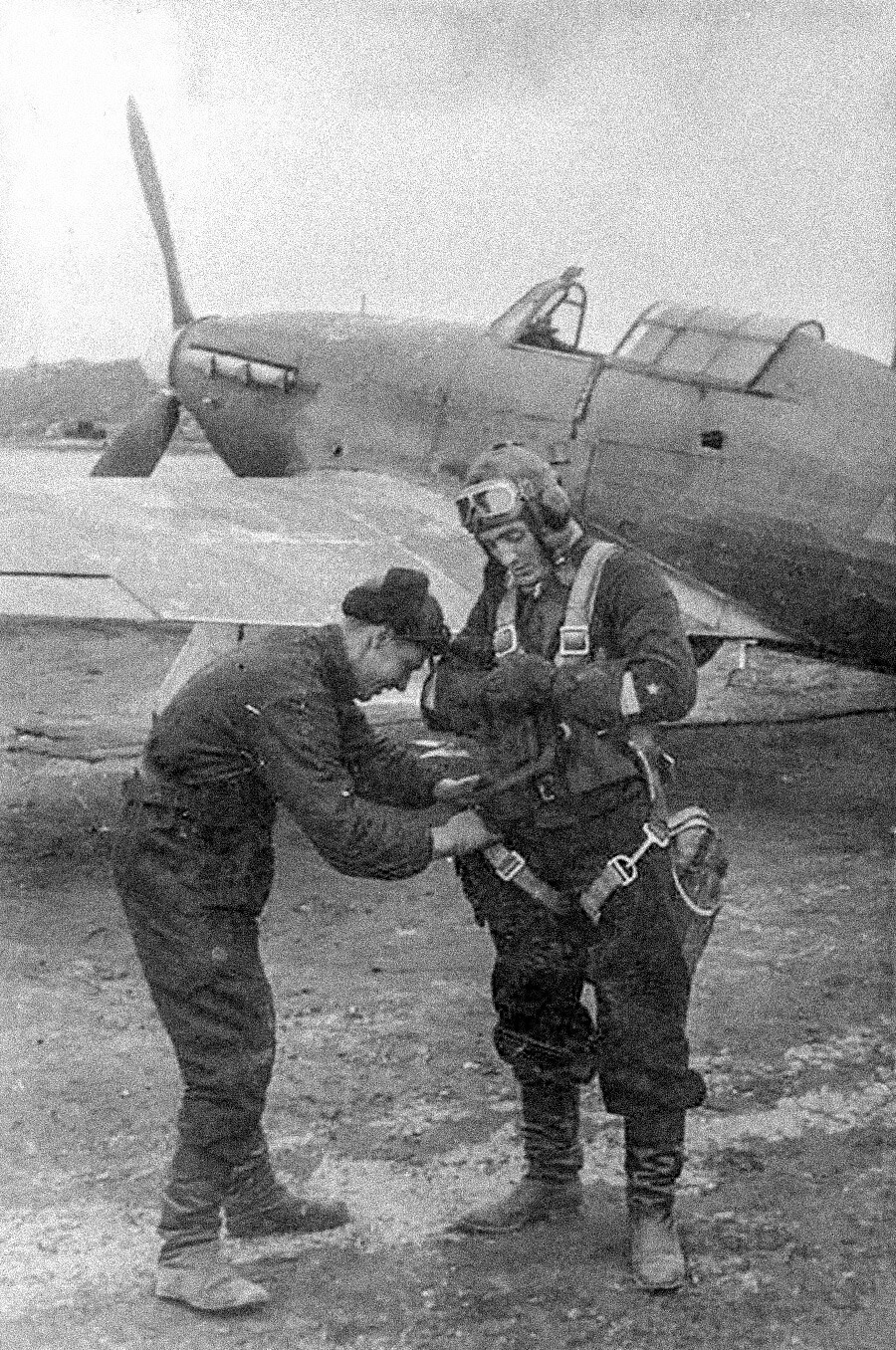
Captain Sgibniev at his 'Hurricane' in 1942.
Archive photoThe first Western fighters - British ‘Hurricanes’ - arrived in the Soviet Union in August 1941. During the entire period of the war, the Red Army Air Force received more than 3,000 in total.
‘Hurricanes’ were easy to fly and had a spacious cockpit that provided the pilot with good visibility. This, however, was where their advantages ended. By the end of 1941, the British fighter, developed in 1934, had become completely outdated. An unreliable, underpowered engine and extremely poor armaments didn’t allow it to compete on equal terms against the latest ‘Messerschmitt’ versions.
Its eight 7.7-mm machine-guns proved so useless that, at the beginning of 1942, the Germans even dropped a message on an airfield in Yaroslavl where ‘Hurricanes’ were based with the snide request: “Do not scratch the paint on German aircraft wings.” The situation improved when the British machine-guns were replaced with two Soviet 20-mm ShVAK cannon and two 12.7-mm machine-guns.
“This aircraft is a far cry from a ‘hurricane’,” wrote pilot Igor Kaberov. “It gains altitude slowly and dives badly. Vertical maneuver? Don’t even mention it!” His colleague Vitaly Klimenko was more categorical: “It’s a piece of junk, not an aircraft!”
Nevertheless, the British fighters did contribute to the overall victory. They arrived at the most difficult moment in the war for the Soviet Union and helped it survive in the face of an acute shortage of warplanes. With the arrival of more advanced ‘Yaks’ and ‘Spitfires’ in the Red Army Air Force, the ‘Hurricanes’ began to be sent en masse to air defense units to be used against enemy bombers.

A Soviet 'Warhawk' fighter plane, 1942.
Archive photoThe Western Allies supplied about 2,500 American Curtiss P-40 ‘Warhawk’ fighters to the USSR. In the Red Army Air Force the name ‘Warhawk’ didn’t catch on and, depending on the version, the planes were called ‘Tomahawks’ or ‘Kittyhawks’.
In the Fall of 1941, the P-40 was already taking part in the defense of Moscow and Leningrad. In terms of its tactical and technical characteristics, the aircraft was superior to the Hurricane, but, in speed and maneuverability, it was noticeably inferior to Soviet and German fighters.
“A heavy plane, unwieldy, with inadequate maneuverability. Despite the fact that it had lots of guns, I didn’t like it, it didn’t have that ease of maneuver,” recalled Soviet pilot Vladimir Yastrebov.
At the same time, the P-40 fighters were distinguished by their high durability and survivability. On more than one occasion, having run out of ammunition, Soviet pilots rammed enemy aircraft in them and then successfully reached their airdromes.
The ‘Kittyhawks’ and ‘Tomahawks’ on the Eastern Front were predominantly used not in aerial combat, but as ground attack aircraft and escort fighters. In addition, they proved to be excellent in air defense aviation.
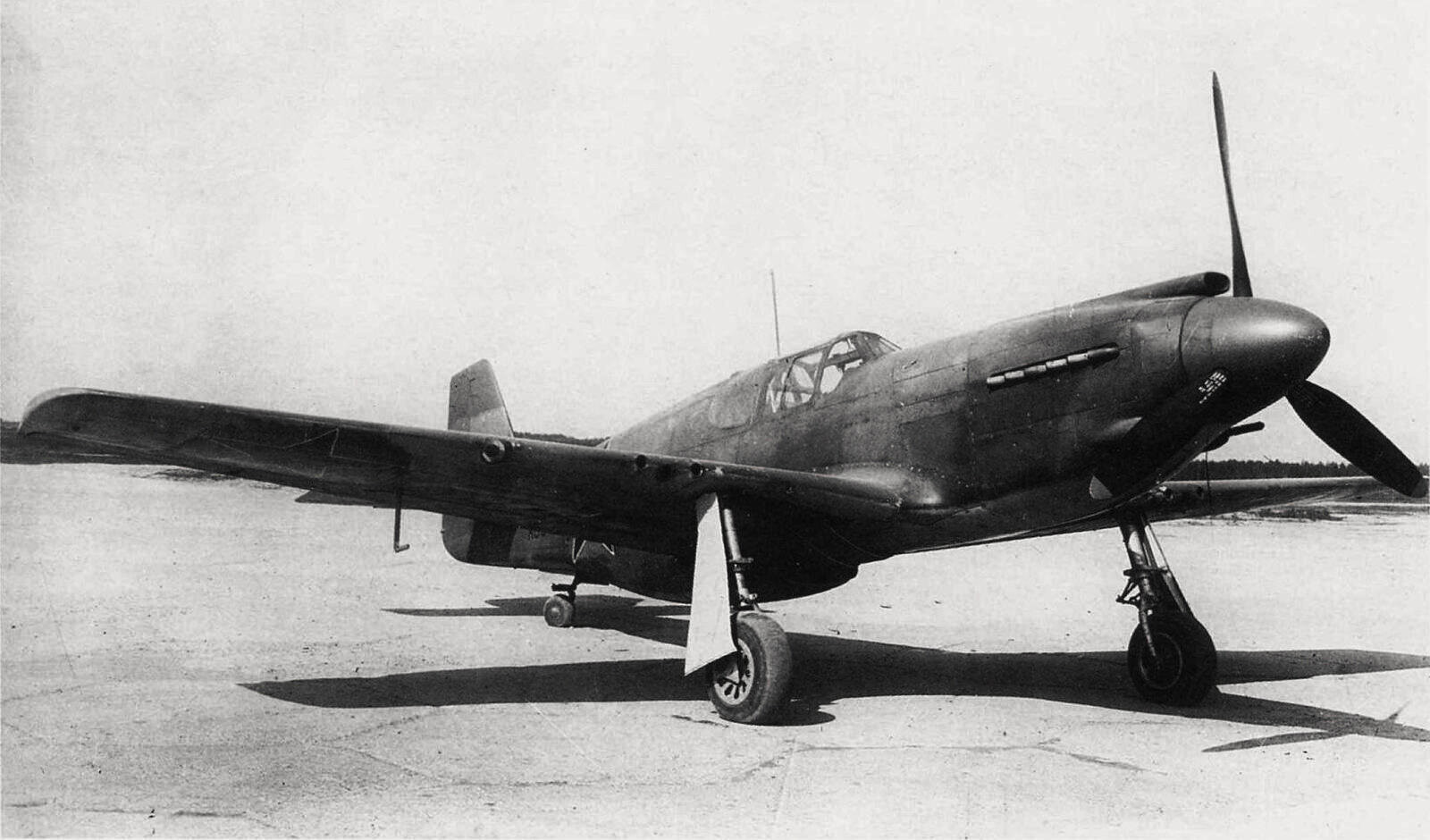
A 'Mustang' fighter plane during the tests in the Soviet Union.
Archive photoThe best American fighter plane of World War II, the P-51 Mustang, came to the USSR in 1942 in a batch of just 10 to allow Soviet specialists to acquaint themselves with it. The latter were somewhat cool towards the plane - despite its high speed, it was as “heavy as a smoothing iron” and its maneuverability left something to be desired.
The P-51D modification of the ‘Mustang’, developed in 1944, was without equal at high altitude. For a number of reasons, however, deliveries of the fighter to the USSR never started. Firstly, aerial battles on the Eastern Front were mainly conducted at low and medium altitudes, unlike the Western theaters of war. Secondly, the U.S. could already sense the approach of the Cold War and was in no hurry to hand over its most up-to-date armaments to a potential foe.
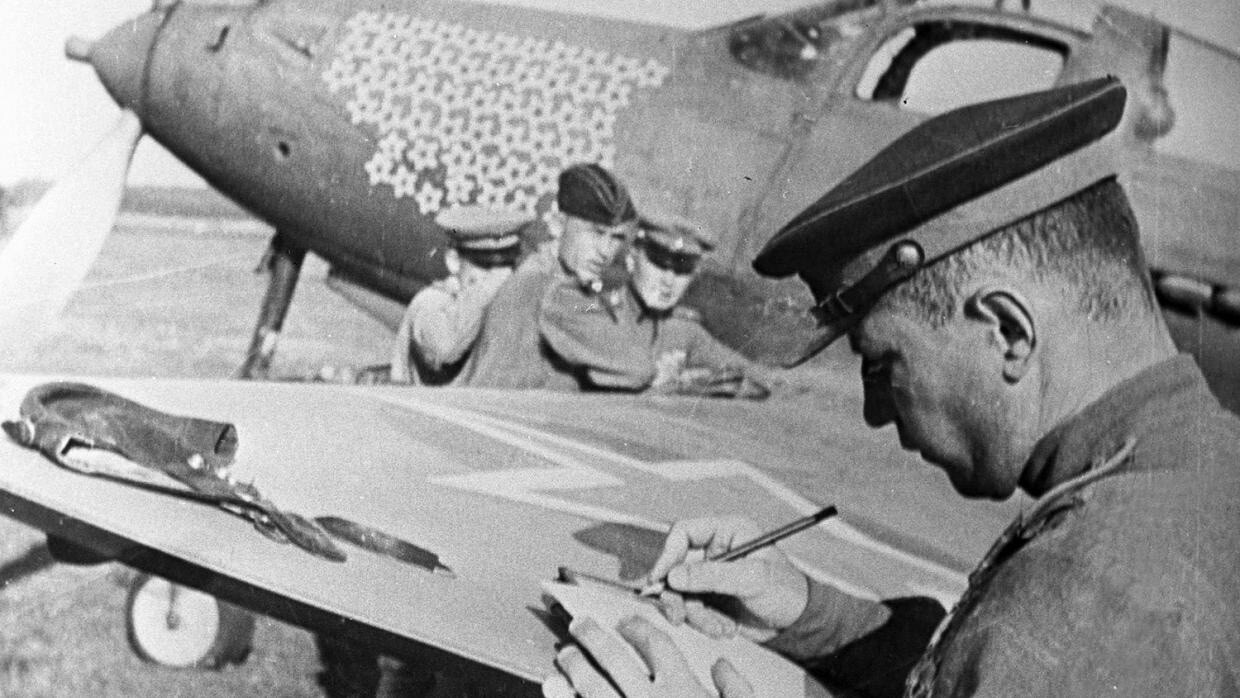
Alexander Pokryshkin at his 'Aircobra'.
The opposite was the case with the P-39 ‘Airacobra’. The American fighter performed not too assuredly at high altitudes, but, at medium and low height, it demonstrated high speed and good maneuverability.
In the end, the U.S. lavishly supplied almost 5,000 P-39s to the USSR, making it the most ubiquitous Western fighter plane in the Red Army Air Force. The powerful fighter plane, with “car door” type access and unusual engine location behind the cockpit, systematically superseded ‘Hurricanes’ in aviation units. The ‘Airacobra’ was not without its shortcomings, however. For instance, in performing advanced aerobatics at low altitude, it could easily end up in a flat spin.
The plane was unforgiving of mistakes, but, in the hands of a skilled pilot, it became a formidable war machine. Numerous Soviet aces flew P-39s. Grigory Rechkalov scored 50 solo victories in the planes, while Alexander Pokryshkin notched up 48.
“I liked the ‘Airacobra’ for its shape and, principally, its powerful armaments,” Pokryshkin recalled. “There was enough weaponry for shooting down enemy aircraft - a 37-mm cannon, two heavy-caliber (12.7-mm) rapid-fire machine-guns and four standard-caliber (7.62-mm) machine-guns capable of a thousand rounds a minute each… I quickly worked out how to pilot the plane at the limit of its capabilities. I soon felt that this fighter plane had become a sort of extension of my own body and an integral part of my thinking as a pilot.”
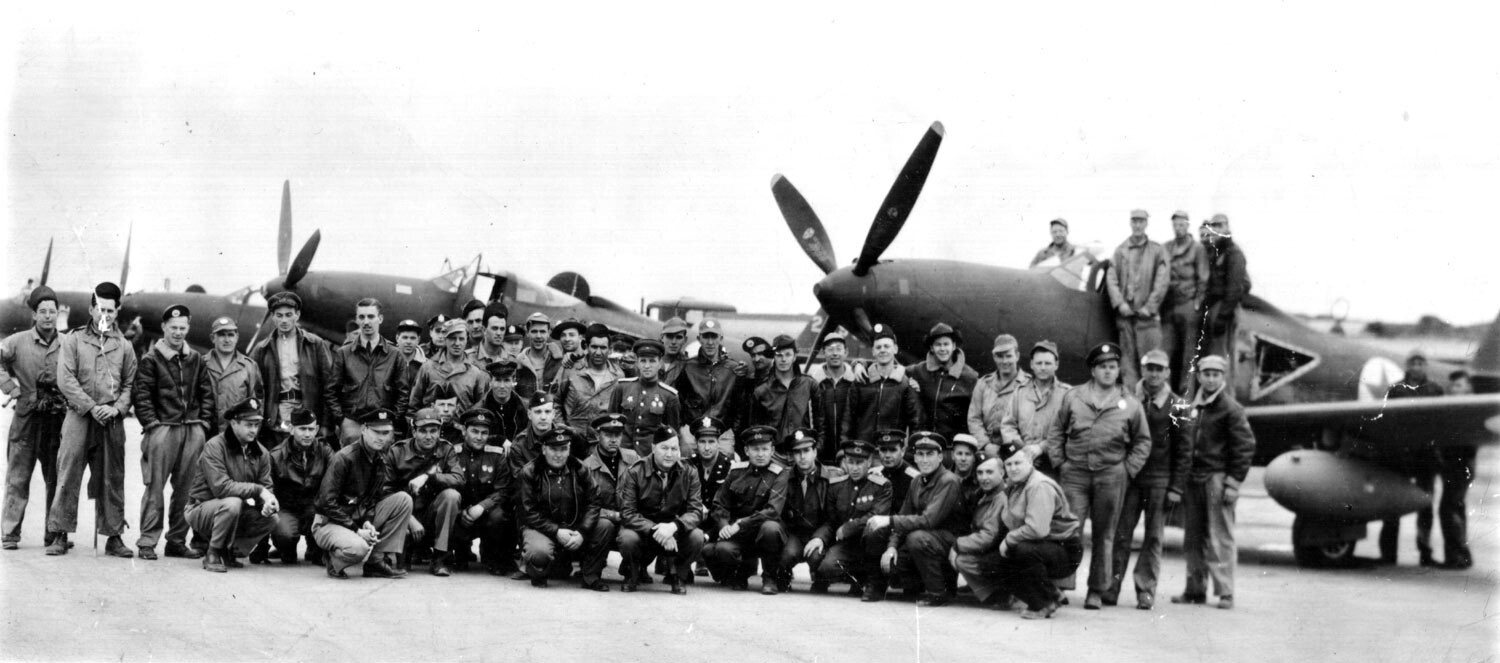
U.S. and Soviet pilots at the 'Kingcobra' planes.
Archive photoThe U.S. developed the P-63 ‘Kingcobra’ with an eye to the requirements of Soviet aviation and the experience of aerial combat on the Eastern Front. In particular, they attempted to tackle the fighter plane’s flat spin problem inherited from the Airacobra, but they did not fully succeed.
In total, the USSR took delivery of around 2,400 of the combat planes. They arrived at the very end of the war and played practically no part in hostilities against Germany. ‘Kingcobras’ did, however, manage to take part in fighting in the Far East.
In the Soviet-Japanese War, the P-63s escorted bombers and reconnaissance planes, provided air cover for the troops and forces of the Pacific Fleet and attacked Japanese positions in the role of close air support planes.
“I can tell you they just don’t compare to our Yaks,” is how pilot Ivan Prozor described the Kingcobras. “The Yaks are light and maneuverable, while this is such a heavy, clunky beast, more like a ground attack aircraft than a fighter plane. And if the external tanks are attached, then that just puts the tin lid on it…”
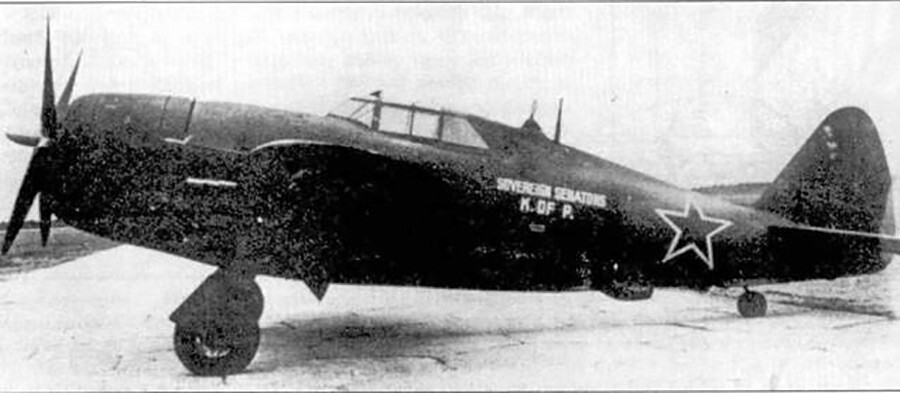
A Soviet 'Thunderbolt' fighter plane.
Archive photoThe Soviet Union took delivery of less than 200 American P-47 Thunderbolt fighter-bombers in the war years. And the plane barely took part in aerial combat.
“In the first minutes of flight, I could already see it wasn’t a fighter plane!” recalled test pilot Mark Gallay. “It was stable, it had a comfortable and spacious cockpit, it was convenient to fly, but it wasn’t a fighter plane. The Thunderbolt had unsatisfactory maneuverability in both the horizontal and particularly the vertical planes. It was slow to gather speed, held back by the inertia of a heavy machine. The Thunderbolt was perfectly suited for a straightforward flight path without abrupt maneuvering. For a fighter plane that wasn’t enough.”
In the Western theaters of war, the P-47 was used in low-level attack roles and for escorting B-17 ‘Flying Fortress’ bombers. In the USSR, the planes were sent to air defense regiments.
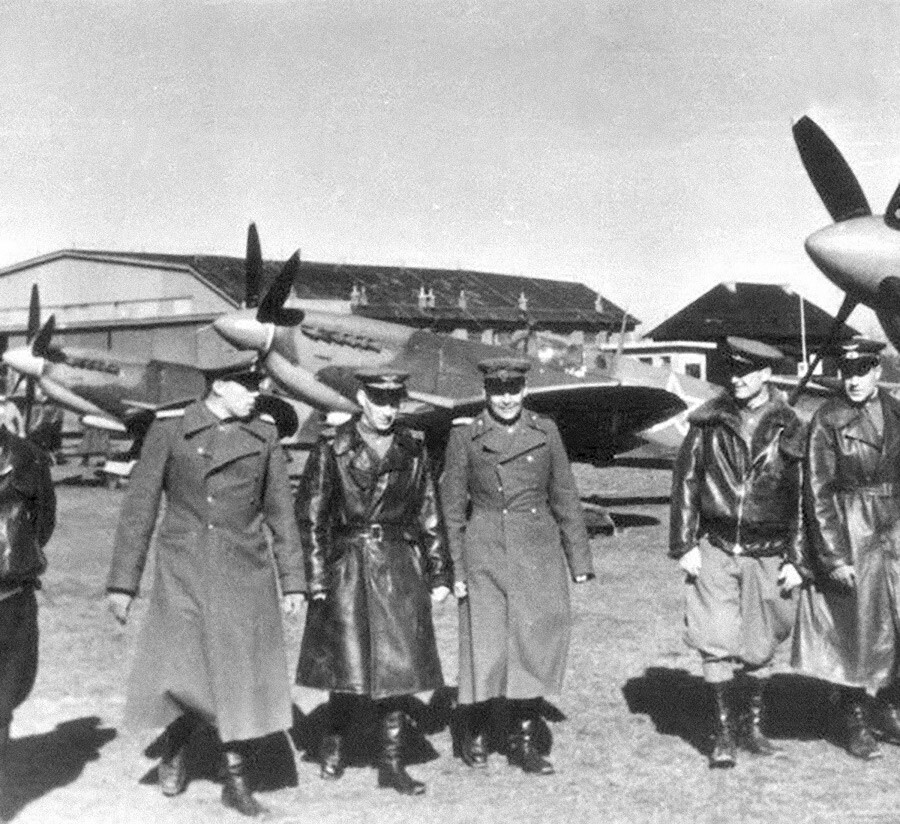
Soviet pliots at their 'Spitfire' fighter planes.
Archive photoThe Spitfire was to become the emblem of the RAF in World War II. In the Summer of 1941, Soviet representatives asked for more of these fighter planes to be supplied to the USSR instead of ‘Hurricanes’, but they met with the curt reply that they were not intended for export. Nevertheless, Great Britain was subsequently to send around 1,200 Spitfires to the Soviet Union.
Rapid, maneuverable and simple to fly, the ‘Spitfire’ Mk Vb gave a good account of itself in the aerial battles of Spring and Summer 1943, even though it had already become somewhat outdated by then. German flying ace Günther Rall, who encountered them in the skies over Kuban, was later to write that he had been very surprised to see British aircraft “3,000 miles from the Channel”.
An improved version of the plane - the ‘Spitfire’ Mk IX - started arriving in the Soviet Union from February 1944 onwards. In terms of climbing speed and armaments, it was superior to the Soviet-built Yak-9U and La-7 and it could put in a solid performance at high altitude.
But, at low and medium altitudes, things weren’t so formidable. For instance, in terms of speed near the ground, it lagged a full 100 km/h behind the La-7. In the end, it was decided to dispense with the services of the fighters at the front and a large proportion of them were assigned to air defense regiments.
If using any of Russia Beyond's content, partly or in full, always provide an active hyperlink to the original material.
Subscribe
to our newsletter!
Get the week's best stories straight to your inbox